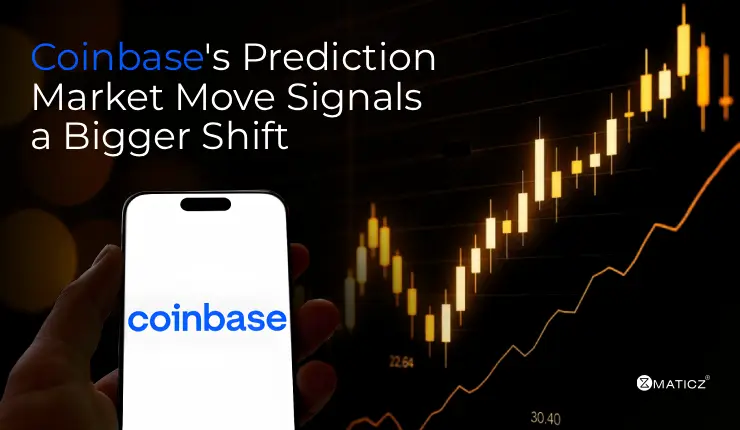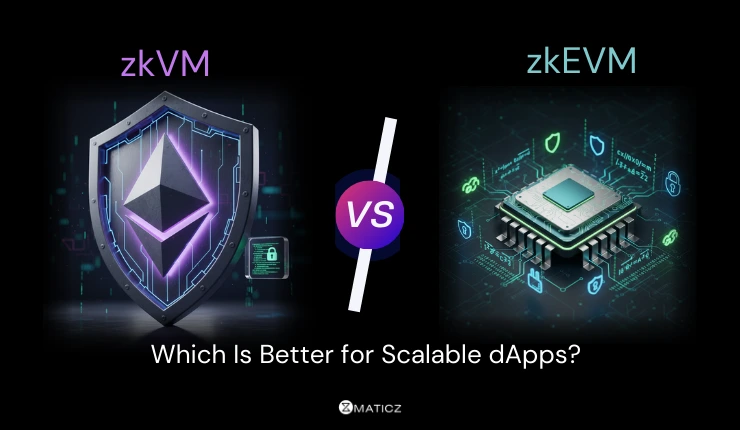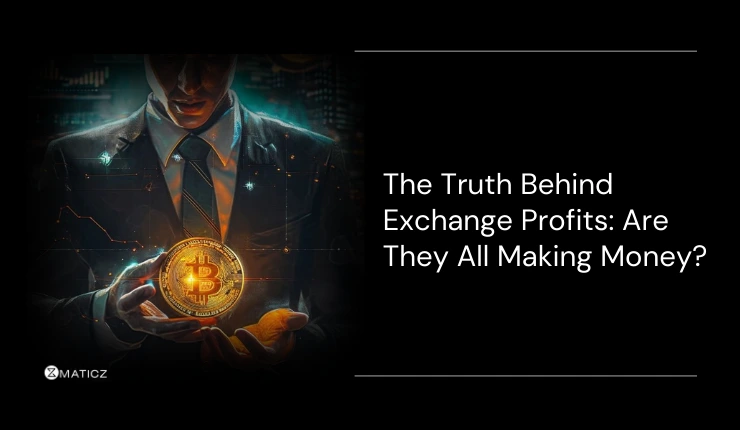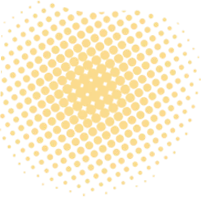Share Posts
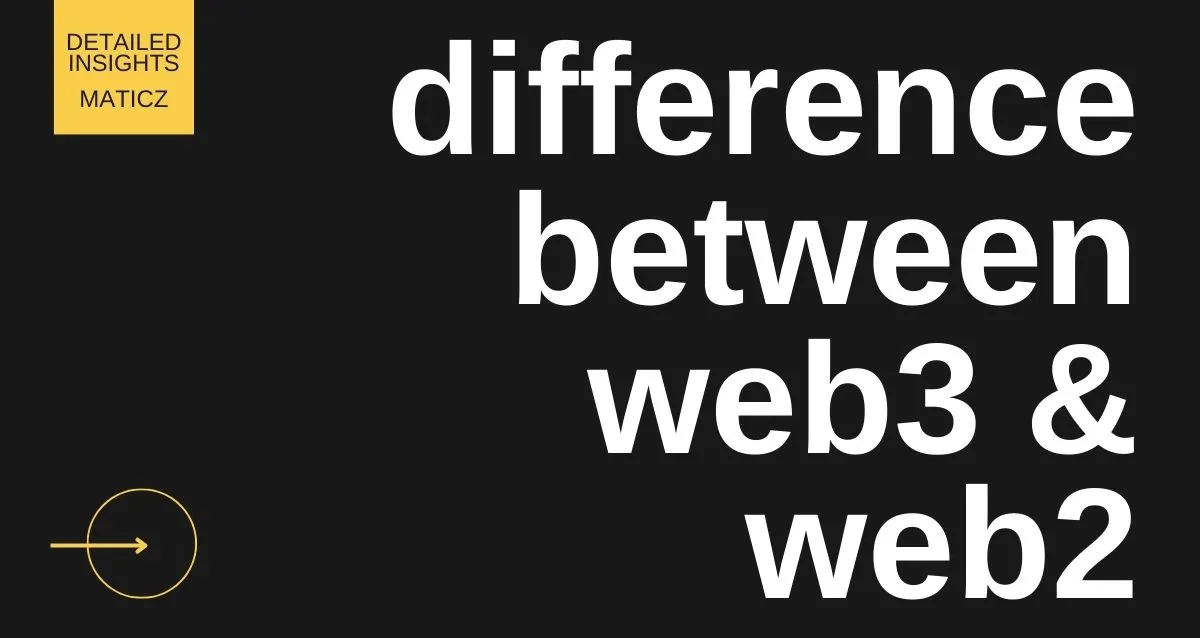
Web2 Vs Web3: What's the Difference?
46
4579
103
Web2 is said to be the present Internet world, the internet was first read-only which was called web1 with further development and research the Internet evolved with web2 which was then transformed into read and write. Now it's taken further with read, write, and own transforming Web2 to Web3, with this growing trend the future of digital space will be completely based on web3 platforms. Let's see about the evolution of web3 and the difference between web3 and web2.
Web2
Web1 was during the late 90s which holds a static page with the information which is read-only. The whole system was performing like a content delivery network when web2 came into action during the early 20's. The term web2 was coined by Darcy DiNucci in 1999 but only after the 2004 O'Reilly Media web2 conference the development and adoption of web2 was accelerated and everywhere the benefit of web2 was making sounds.
Web2 usage and adoption were growing exponentially than any other tech at that time because of its read-and-write policy. Web2 was more focused on interoperability, user experience, and APIs to improve the overall web experience of the users and this has improved all the digital platforms. Web2 was developed in a simple way to collect and distribute large data around the internet, every user where able to create content which accelerated the growth of web2 and other digital platforms including streaming applications, social media, podcasts, blog sites, and more.
Web3
Web3 is the next evolution from web2 and with the present generation moving out for privacy and data protection, web3 will fulfill the needs of today's generation with its next-gen solutions. Web3 is based on read, write, and own which will change the way we interact with the web for so long in the coming days. Web3 gains the trust of the users because of its transparency and traceability.
Web3 uses blockchain technology to replace the present digital ecosystem and internet world. Web3 is taking the internet world to the decentralized ecosystem neglecting every central authority of digital platforms. Web3 is a semantic web working to process every action in the digital space under a decentralized architecture without a central authority.
Know More: How Web3 Works?
Difference Between Web2 and Web3
| Web2 | Web3 |
| Controlled by a central authority | Community Governance |
| Creators won't Own their Content | Creator own every piece of their content |
| Lack of transparency and traceability | Transparent and Traceable |
| Lacks privacy and security | Focused primarily on privacy and security |
| Centralized Ecosystem | Decentralized Ecosystem |
| Data transfer takes time | Quick transaction with blockchain |
| Content can be Censored | Uncensored, freedom of speech |
| Read and Write | Read, Write, and Own |
| The specific company controls the whole web | User-Centric webs |
| Vulnerable | Most Secured |
The main difference between Web2 and Web3 is the shift from a centralized internet to a decentralized one.
The Web2 architecture is characterized by its reliance on intermediaries and centralized platforms. This architecture has been the backbone of the Internet for decades. However, with the emergence of Web3, there is a paradigm shift towards a more decentralized and distributed approach.
Web3 enables peer-to-peer interactions without the need for intermediaries, delivering more control and ownership to users. In other words, Web3 leverages blockchain technology to create a trustless environment, where individuals can transact and interact directly with one another, without relying on intermediaries. This approach not only offers more control and ownership to users but also enhances privacy and security.
Web3 vs Web2 - Key Differences Explained
Web3 is filled with a lot of features and functionalities that replace the digital solutions completely from web2 and here are a few things from the list where web3 differs from web2.
Privacy
Web3 is named for its privacy as it is completely decentralized every piece of info is saved with an extra layer of security. This protects data in the nodes of the blockchain in case of any hack, the chain will neglect the block to protect the other info and the hacker will be able to gather only a bit of info which will be useless without other info.
Content Ownership
Web2 platforms hold the ownership of every piece of content that is present on the platform whoever creates it but when it comes to web3 the creators own every piece of content they create in the digital space. The platforms do not own any right over the digital content present in the digital space.
Trust
Web3 gains the trust of the users because of its features and functionalities as noted above the privacy, security, and transparency have gained more trust of the users over the web3 ecosystem. With digitalization all over the globe, youngsters are making every action over digital applications so trust in web3 helps companies to take every action through digital space.
Censorship
The digital space is powered by web3 where every content is free from censorship and this improves the freedom of speech in the digital space where the content cannot be deleted by anyone other than the creator.
Speed
Web3 transfers all information and other payments faster than any other present tech stack providing the best infrastructure under a secured ecosystem to transfer data to anyone around the globe as quickly as possible.
End Line
Web3 advances the digital ecosystem at various points with the research and development of web3 platforms. The digital space is substantially moving on with the adoption of web3 into the existing models and with many new platforms. Maticz as a Web3 company provides various Web3 development services to improve the digital space with web3 platforms. Are you looking to improve your business with web3 solutions you may connect with our experts and plan your web3 platform.
Tap Into the Future
The latest insights, posts, and project updates - straight to your inbox.
